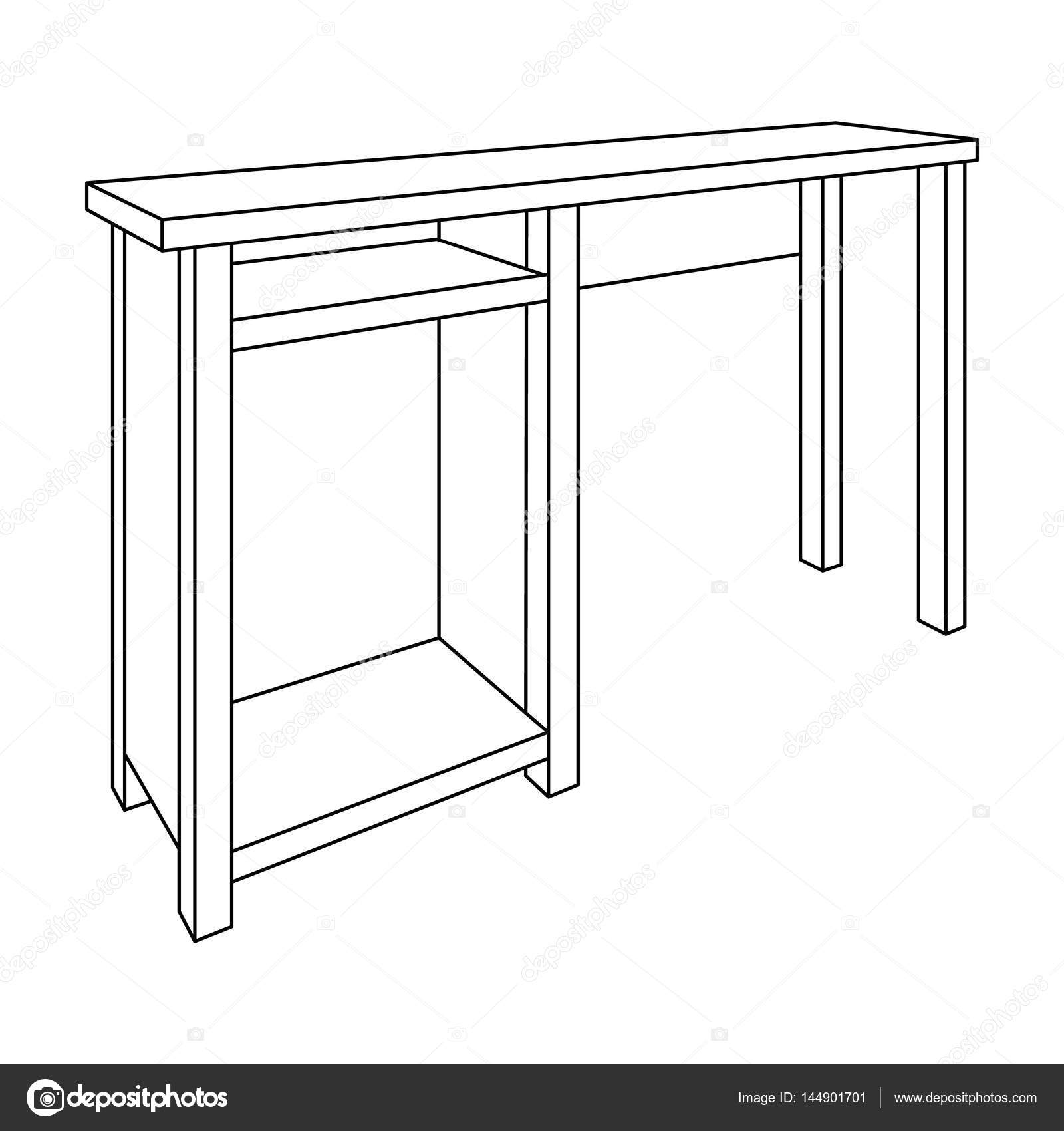Reveal The Exciting Journey Of Recovering Antique Cupboards, Revealing Covert Stories And Unlocking The Keys Of The Past
Reveal The Exciting Journey Of Recovering Antique Cupboards, Revealing Covert Stories And Unlocking The Keys Of The Past
Blog Article
Authored By-Stanley Westermann
To start the trip of recovering antique cupboards, you require a keen eye for information. Envision discovering concealed secrets within each layer of background ingrained in the timber. fabuwood nexus review of revitalizing a once-forgotten piece to its previous magnificence. Every action of this careful procedure holds the essential to maintaining the past while producing a future treasure. So, are you ready to start this transformative venture and unlock the capacity of your antique closets?
Examining the Cabinet's Problem
When starting the repair procedure, beginning by examining the problem of the antique closet. Thoroughly take a look at the overall structure for any signs of damages such as splits, chips, or loose joints. Check the wood for any rot, bending, or insect problem that might have taken place over time. It's vital to figure out the extent of the restoration required prior to continuing even more.
Next, examine the cupboard's equipment such as joints, knobs, and locks. Make note of any missing items or parts that need repair or replacement. Guarantee that all hardware is working appropriately and securely connected to the cabinet.
Furthermore, examine the cabinet's coating. Search for any kind of scratches, spots, or discoloration that may impact the visual allure. Identify if the coating requires to be stripped and reapplied or if a straightforward touch-up will be adequate.
Gathering the Essential Devices and Materials
After evaluating the problem of the antique closet, the next action is to gather the needed tools and materials for the restoration procedure. Before how to become a cabinet maker start, guarantee you have the adhering to products on hand:
- wood cleaner
- sandpaper in different grits
- wood filler
- paint or timber discolor
- brushes
- gloves
- safety and security goggles
- a dust mask
- a ground cloth
- a putty knife
- a hammer
- a screwdriver
- a hoover
These tools and products are essential for an effective reconstruction.
Wood cleaner is vital for getting rid of years of dust and crud buildup, preparing the surface area for fining sand. https://johnathanflqva.blog-gold.com/34017612/examine-the-different-elements-that-guide-your-choice-in-choosing-the-right-wood-for-your-custom-made-closets-and-revamp-your-space-with-a-flawless-choice of various grits aids in raveling imperfections and preparing the wood for a new surface. Timber filler comes in handy for repairing any cracks, holes, or dents existing in the cupboard.
Repaint or timber discolor, together with brushes, allow you to customize the closet to your preference. Remember to put on handwear covers, safety and security goggles, and a dust mask for security. Set a drop cloth to safeguard your workplace, and use a vacuum to tidy up any type of debris.
With these devices and materials collected, you prepare to begin the restoration process.
Executing the Restoration Refine
To effectively perform the restoration process on your antique cupboard, begin by completely cleansing the surface with the wood cleaner. This action is critical as it helps remove years of dirt, crud, and old polish that may have collected externally.
Once the cabinet is clean and completely dry, analyze the condition of the timber. Try to find any fractures, scratches, or various other damages that need to be dealt with. Usage wood filler to repair any type of blemishes, making sure to match the filler color to the wood tone for a seamless surface.
After the repair work have dried, carefully sand the whole surface area to produce a smooth and even base for the brand-new coating. Take care not to sand too aggressively, as you do not wish to damage the wood beneath.
Once the sanding is full, use a wood stain or end up of your selection, adhering to the supplier's instructions. Allow the coating to completely dry entirely before applying a protective leading coat to ensure the long life of your recovered antique closet.
Conclusion
Since you have finished the remediation procedure, your antique cupboard looks just as good as brand-new.
By adhering to the step-by-step overview, you were able to examine, fix, and improve its problem effortlessly.
With a fresh finish and safety top coat, your treasured piece will remain to shine for many years to come.
Appreciate the beauty of your recovered antique closet!
